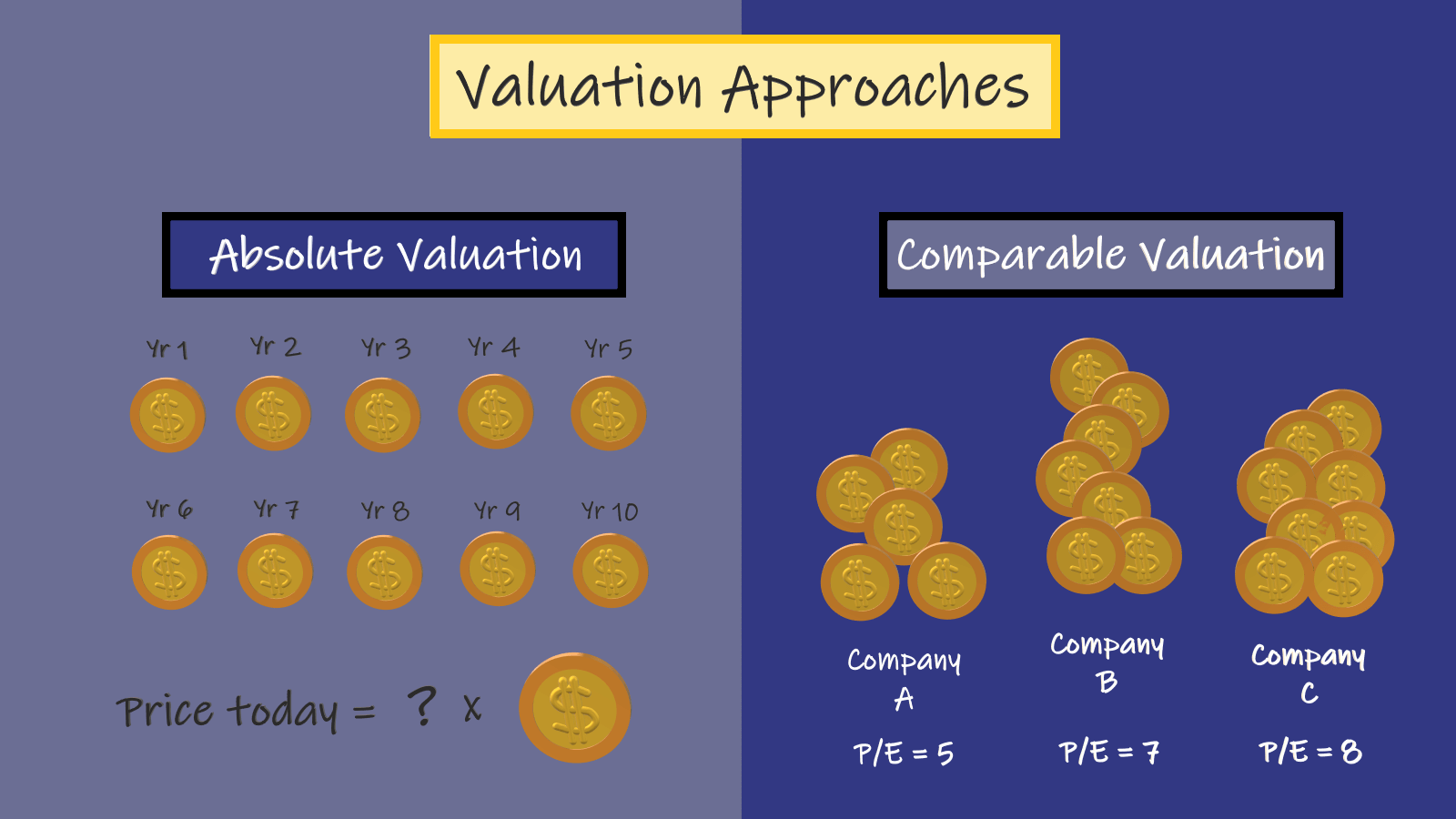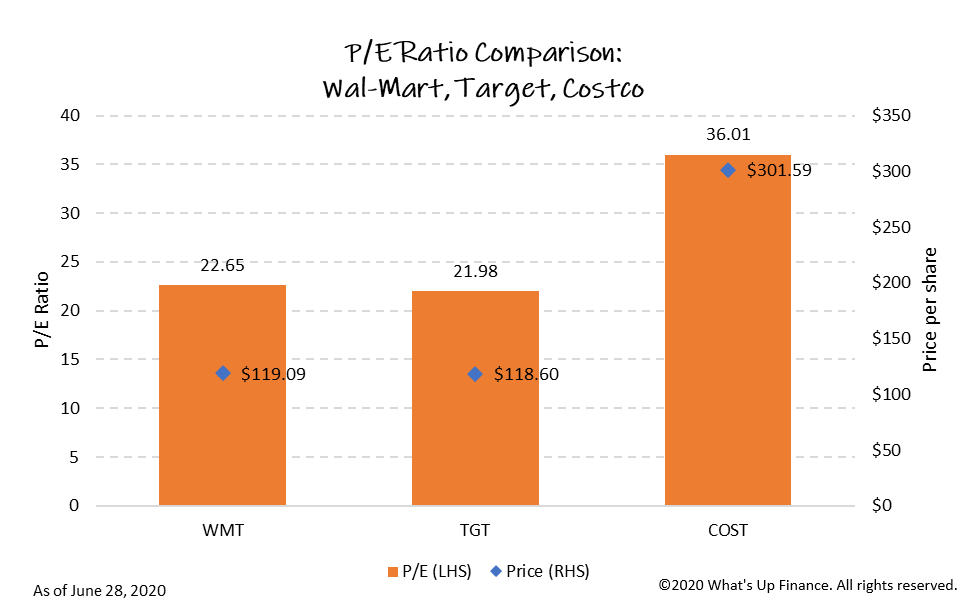Have you ever wondered why certain investors would buy a stock at a certain price (say X) and decide to sell another stock at another price (say Y)?
Yes, there is the elusive and much-prized gut feeling, which is more formally known as investment acumen in the investment community. There is also the conventional word-of-the-mouth method where you hear your family or friends recommend you to buy the share of Company X, which is sitting at $40 per share, but they believe the share price will reach $50 per share.
In the institutional investment world, there are valuation methods beyond the word-of-mouth or gut-feeling approaches. The valuation types can be broadly categorized into: (i) absolute valuation, and (ii) comparable valuation. This applies to most investments like stocks, real estate, infrastructure, private equity etc. The most commonplace example would be company stocks. Most publicly traded stocks are followed by equity research companies that provide reports where they outline what they think about the companies’ operational and financial performance, the companies’ prospects, and a price target for the companies’ shares, along with the assumptions they made and the possible risk factors.
Here is a guide to understanding what these valuation approaches are.
Both absolute and comparable valuation approaches rely on the asset’s earnings, cash flows or another financial metric as a base for the calculation.

Absolute Valuation
The idea behind absolute valuation is that you project the cash flow stream of the investment for a period, then determine what that future cash flow stream is worth today. To give you an example, let’s say you think a company will earn $1 million for the next 10 years. The idea behind of absolute valuation is to evaluate how much a company that will earn $1 million for the next 10 years is worth today. An underlying principle of absolute valuation is time value of money. Time value of money basically says $1 today is worth more than $1 tomorrow, or $1 a month from now, or $1 a year from now.
Absolute valuation uses a method called Discounted Cash Flow (DCF). Why is it called discounted cash flow? Because you are discounting the future cash flow to today’s value. To give you another example, let’s say company X is paying $1 of dividend every quarter and this dividend payout amount is expected to stay the same in perpetuity. You would discount that dividend cash flow stream to figure out how much the company’s stock price should be worth. Unsurprisingly, absolution valuation involves many assumptions to be made and the price of the investment can fluctuate quite a bit depending on the value of the assumptions.
Comparable Valuation
Comparable valuation is a little easier to grasp. It involves a lot fewer assumptions but is often deemed the less sophisticated method compared to its sibling absolution valuation. The essence of this approach is that you compare value of one company against another company, or a collection of companies, or simply the industry average. You then make certain adjustments depending on the differences you assessed between the target company and the comparison. The most popular example of comparable valuation is the price-earning (or P/E) ratio. Walmart Inc (NYSE: WMT) has a P/E ratio of 22.65. Target Corporation (NYSE: TGT) has a P/E ratio of 21.98. Costco Wholesale Corporation (NADAQ: COST) has a P/E ratio of 36.01. Amazon.com, Inc. (NASDAQ: AMZN) has a staggering P/E ratio of 127.96. An investor looking to buy shares of Walmart will likely look at what P/E ratio Target and Costco are trading at to see whether the current share price of Walmart is reasonable compared to its peers. Clearly, Amazon is not in the same league as the other three listed above.


